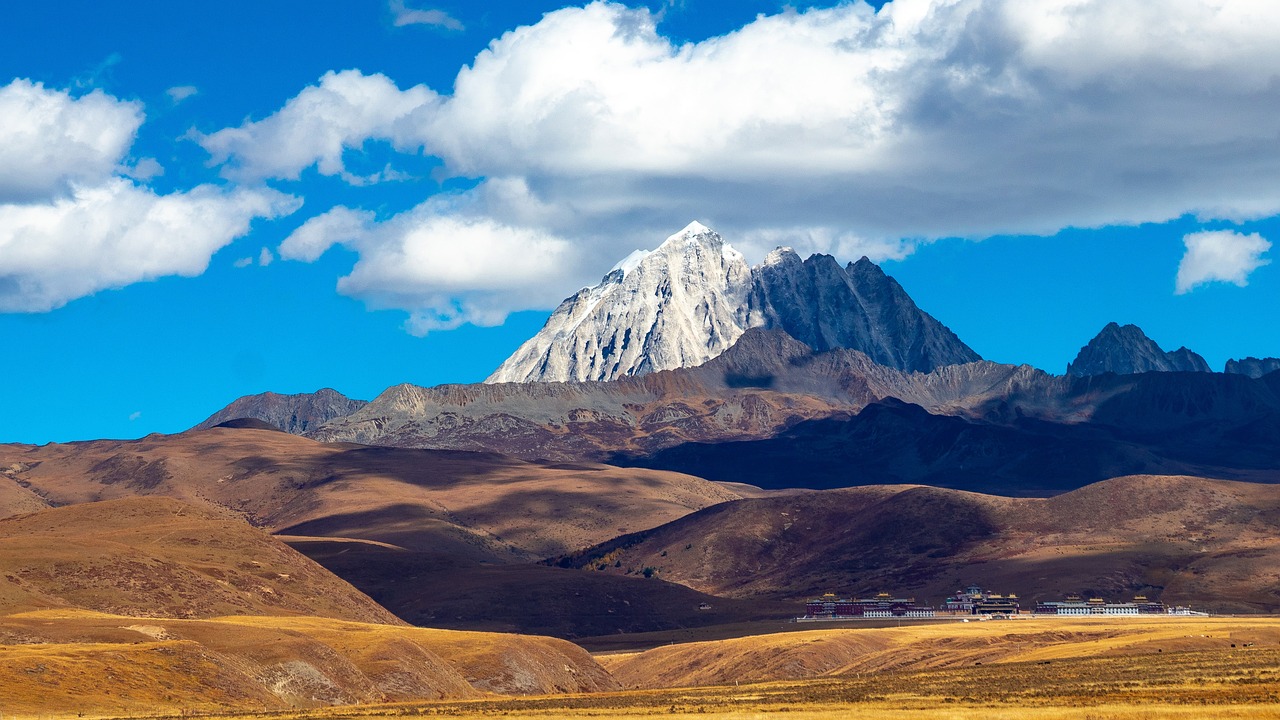The geography of the island is unique and has created a very diverse landscape. Cap de Barbaria is the island’s western plateau, and at the eastern tip is Far de la Mola, which is the second plateau. These two areas of highland are connected by a narrow strip of land which is surrounded by white beaches and dunes on either side. From each of the plateaus, you can enjoy dramatic views back across the island. Formentera also has the northern finger of Es Trucadors, which gets steadily narrower as it reaches up to the neighboring island of Espalmador. As it gets closer to Espalmador it just becomes a strip of white sand beach with the ocean on either side. There are few better beaches anywhere in the world.
Something that deserves a special mention in the emblem of the island: Podarcis pityusensis. This is the only lizard native to Formentera, and there are over 30 sub-species on the island, with slightly different colorings depending on where they are from. For example, the lizards of La Mola are large and blue-green, whereas the lizards of Can Marroig are thinner and brown-grey. The lizard is known by the locals as Argentina, and it is a rare holiday maker indeed who does not come home with at least one t-shirt or ceramic piece with one of these cute reptiles emblazoned on it. You will see them everywhere, darting out of Rock Walls, scurrying across the dunes, and hiding amongst the rosemary and thistle that are scattered throughout the island.
Exploring Formentera
One of the best things about Formentera is the 20 Circuits Verds or Green Tours. These are designated and signposted cycling and hiking trails that take you off the beaten path to some of the island’s most beautiful spots. Our guidebook reviews every one of them.
Even if you haven’t used a bike for a few years it’s worth getting back in the saddle, and there is enough variety to satisfy even the seasoned cyclist. Racing bikes can head from Far de Barbaria to Far de la Mola in a few hours, and mountain bikes can explore off-road tracks that run through nature parks, farmland, beaches, and towns. By linking up the villages, cycle routes, and beaches you can plan some wonderful day trips on Formentera. It is always worth taking a picnic with you as there are many spots to pause and relax.
There is barely a road on the island that doesn’t have cycle paths, but it is the designated Circuits Verds that you will be spending most of your time on. However, one of the frustrating things about these courses is that the starting points can be difficult to find. There is a tendency to have the entrances unmarked, and then one kilometre into the trail there is a signpost letting you know that you have indeed guessed the correct entrance. Another problem is when you reach forks on the road and there is no indication of which way you should go. Although getting lost in rural Formentera can turn up some interesting finds, in the guide book we have taken photos of the entrances where the signposts are missing and have tried to be as explicit as possible about how to follow the actual trails. If you take a compass with you and print out the relevant page from the Formentera guide book then you should be fine.

